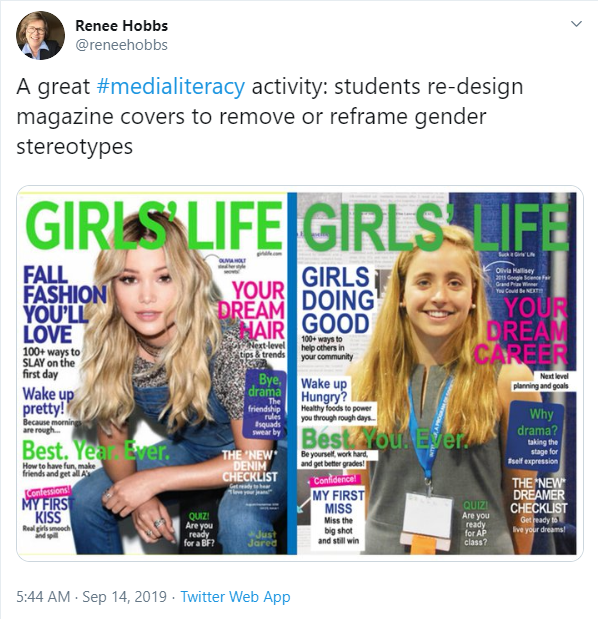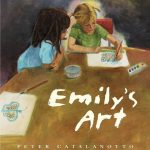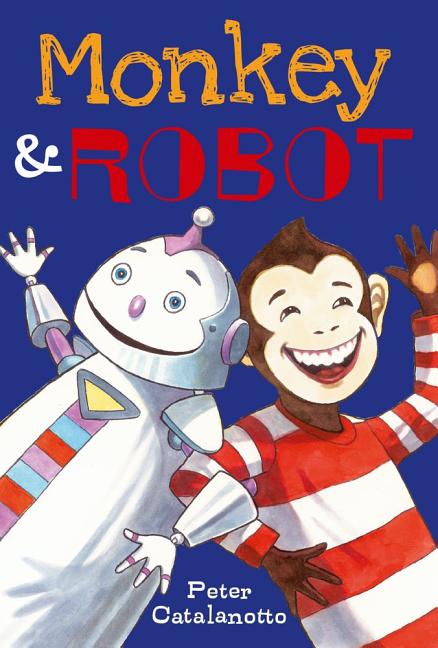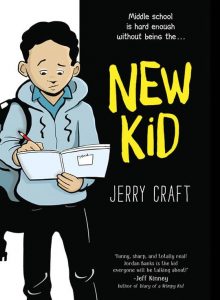Check out our upcoming workshops. (Click a title to open the registration page).
Create and Code Interactive Stories with Twine
This workshop has three portions to it. The series will open tomorrow with a webinar that runs from 3:00 – 3:45 pm. Registrants will receive a Zoom link tomorrow morning. During this time, we will introduce you to Twine and orient you to the program. We already have enough registrations to run it. There are a few spots left, so if you’re interested in registering, please do.
The second day in the series will be Wednesday (Oct. 30th). This will be in person here at 11 Linden from 3:30 – 5 pm. We will copy-code together and write an interactive story together while you learn to program the software.
The last session will be a facilitated work time, held on November 13th from 3:00 to 5:00 pm (again, here at 11 Linden), where you can come and work on a lesson or a story, and we will be there to help you with any questions you might have.
Intermediate LibGuides
November 5th from 3:30 – 4:30 pm
We will spend a small amount of time reviewing what we already know, and then we will move into color themes, banners, alternate box types, and generally honing and customizing the look and style of your guides. This will be customized to the attendees as best we can.
Library Makers: Sphero Robots
December 10th from 3:30 – 5 pm
Sphero are little round robotic balls that are not only fun, but can be used effectively in education. In this 1.5 hour hands-on workshop, attendees will learn to control Sphero, code with Sphero, and practice and discuss ways to use it to strengthen math and coding concepts.
Create Forms & Surveys for your LibGuides
December 19th from 3:30 – 4:30 pm
Learn to create forms and surveys using LibWizard. These forms and surveys can embedded into your LibGuides or library websites. This feature makes it easy to collect data or create sign-ups.
Mini Green Screens in Your Classroom
January 28th from 3:30 – 5 pm
Have you just eaten some pizza and don’t know what to do with the empty pizza box? Well one man’s garbage is another man’s Green Screen Studio! Join our workshop (where we will be using fresh, clean pizza boxes), and learn some great uses for green screen technology, made simply and easily.
Using iMovie on the iPad, we will teach you best practices when recording and talk about ways to integrate green screen technology into your teaching. We will also give information on how to borrow iPads from our multimedia department. This is a hands-on workshop, and each participant will take home a green screen pizza box.
Our Model Schools department also offers workshops for educators. Click here for a full listing.

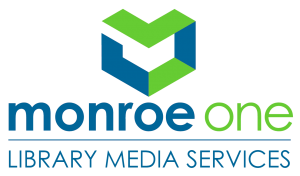
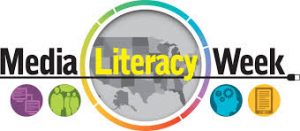
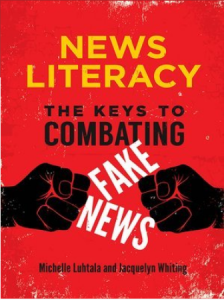
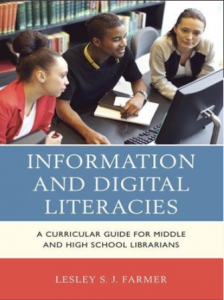
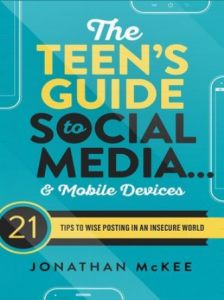
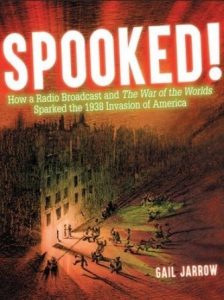
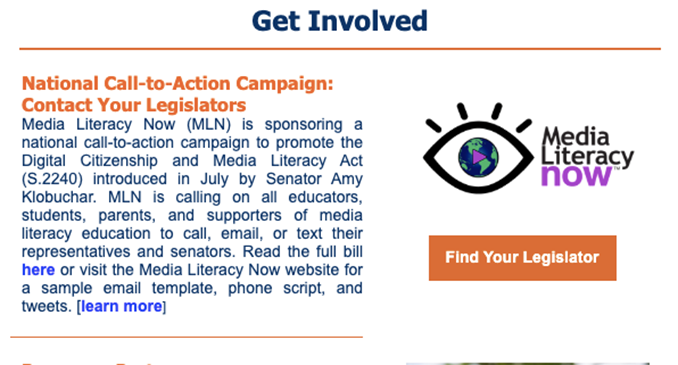
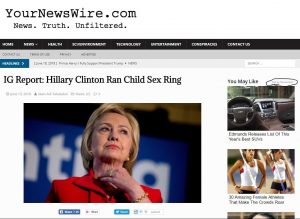
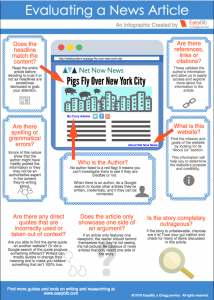
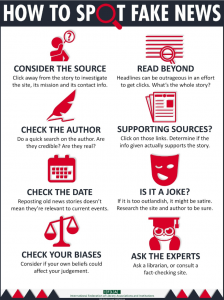
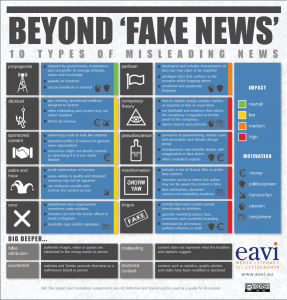
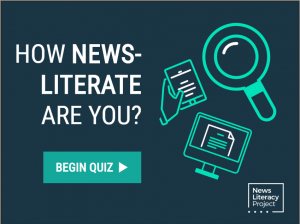
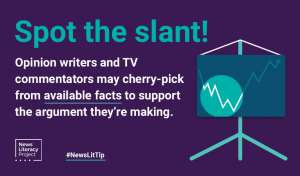
 ed to deal with this type of thing, and many of us have embraced this stereotype as a long-standing tradition. (See Nancy Pearl Librarian Action Figure, “With Amazing push-button Shushing Action!”). –>
ed to deal with this type of thing, and many of us have embraced this stereotype as a long-standing tradition. (See Nancy Pearl Librarian Action Figure, “With Amazing push-button Shushing Action!”). –>